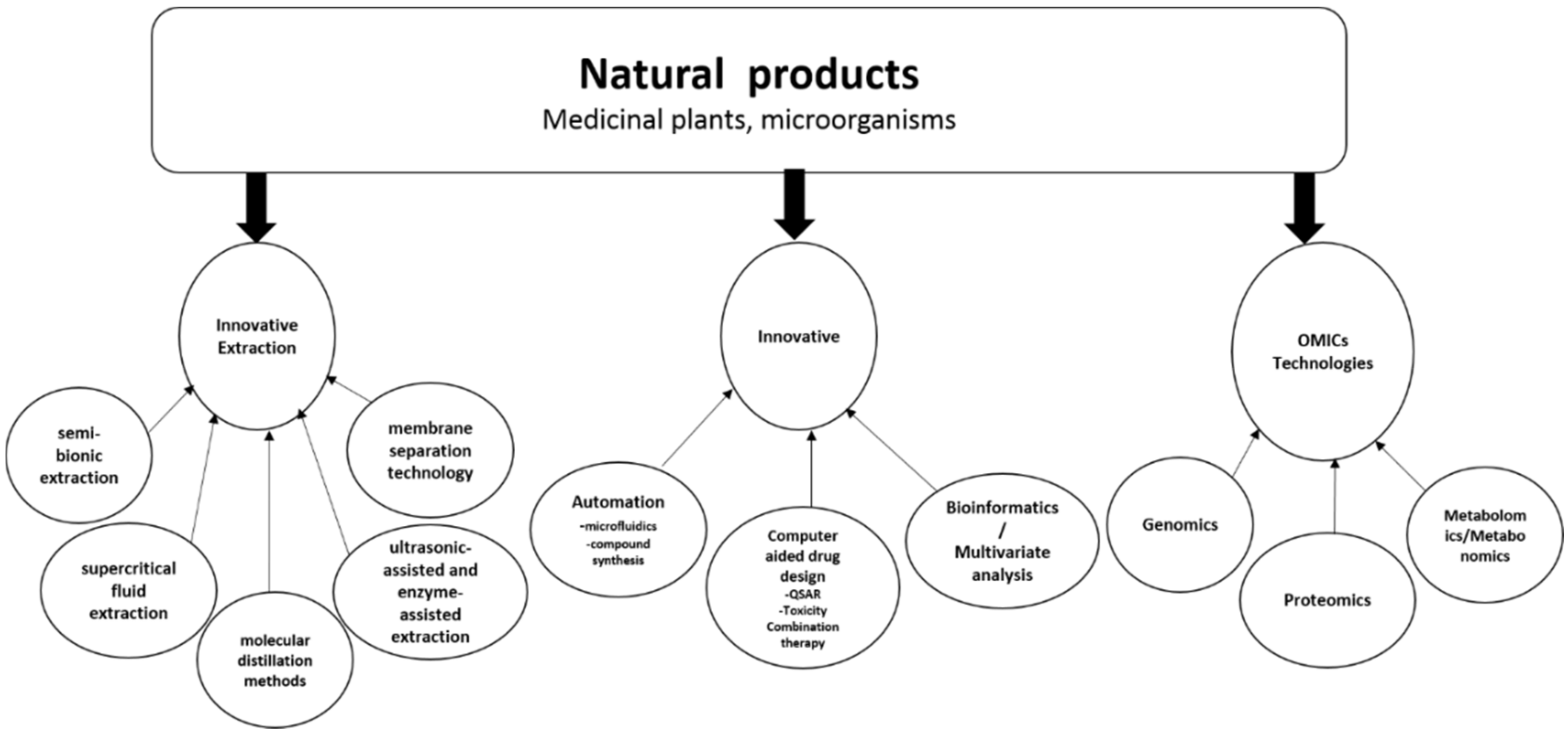Before you keep reading, we thought you may like to download our 3 Favorable CBT Exercises free of charge. These science-based workouts will provide you with a detailed insight into Positive CBT and will offer you the tools to apply it in your treatment or training. You can download the free PDF.

A treatment strategy will consist of the patient or customer's personal details, the diagnosis (or medical diagnoses, as is frequently the case with mental disorder), a general outline of the treatment prescribed, and area to determine outcomes as the customer progresses through treatment. A treatment plan does many things, the most crucial of that include: Specifying the issue or disorder Explaining the treatment prescribed by the health/mental health expert Setting a timeline for treatment progress( whether it's an unclear timeline or includes specific milestones) Identifying the major treatment objectives Noting essential turning points and goals This documentation of the most important elements of treatment assists the therapist and client remain on the same page, provides a chance for conversation of the treatment as planned, and can act as a reminder and motivational tool. While individuals in similar scenarios with similar issues may have comparable treatment strategies, it is necessary to comprehend that each treatment strategy is distinct. There are frequently various ways to treat the exact same issue sometimes there are lots of various courses that find more information treatment could take! No 2 treatment strategies will be exactly the very same, because no two people's experiences are exactly the exact same. As kept in mind earlier, all treatment plans are various they are distinct items of the discussions in between a therapist and customer, the therapist's clinical knowledge, and the customer's shared experience. Even in similar medical diagnoses in similar individuals, distinctions are bound to manifest in any or all of the following parts: History and Demographics customer's psychosocial history, history of the symptoms, any past treatment info Assessment/Diagnosis the therapist or clinician's diagnosis of the client's psychological health issues, and any previous medical diagnoses will also be kept in mind Providing Concerns the issues or signs that at first brought the customer in Treatment Contract the contract in between the therapist and customer that sums up the objectives of treatment Responsibility an area on who is accountable for which components of treatment (customer will be accountable for numerous, the therapist for others )Strengths the strengths and resources the client gives treatment( can consist of family support, character strengths, material assistance, etc.) Treatment Goals the" building blocks" of the strategy, which ought to be specific, reasonable, tailored for the customer, and measurable Goals objectives are the bigger, more broad outcomes the therapist and customer are working for, while several goals comprise each goal; they are little, attainable actions that make up an objective Method, Frequency, and Targets various techniques are frequently used to various objectives, needing a strategy that pairs methods, a frequency of sessions, prepared for completion date, etc., with the respective goal Interventions the techniques, workouts, interventions, and so on, that will be used in order to work towards each objective Progress/Outcomes an excellent treatment plan need to include space for tracking development towards objectives and objectives( Excellent Treatment, 2016) The therapist and customer will collaborate to get this details down on paper, with the therapist contributing his/her know-how in treatments and treatment outcomes, and the client contributing knowledge in his or her own life and experiences. These benefits consist of: Treatment plans provide a guide to treatment for both the therapist and customer. Treatment plans can decrease the danger of scams, waste, abuse, and the possible to trigger unintentional damage to customers. Treatment https://blogfreely.net/oraniezh1k/miller-2006-explains-the-continuum-of-dedication-strength-reflected-in-a strategies help with easy and reliable billing considering that all services rendered are documented. Treatment plans can help smooth any prospective bumps in treatment, especially if a customer requires a type of treatment the main therapist can not offer( e.g., a certain see this site kind of intervention or a prescription for medication) or need to see a brand-new therapist for some other factor (e.g., if the client or therapist has actually moved, or the therapist is on extended leave, Great Therapy, 2016). Treatment plans are not always required to give or get effective treatment, but they can be very helpful in facilitating a smooth and problem-free treatment experience. Goals and goals will vary significantly from someone to the next, particularly those facing very different problems. If you or your customer is devoted to alter but isn't rather sure where to start, this link of possible goals can spark an useful discussion about where to go from here. For circumstances, a typical goal for those having problem with compound abuse may be to quit utilizing their drug of option or alcohol, while a patient fighting with depression may set an objective to minimize their self-destructive thoughts. In general, these goals should be.
reasonable they ought to be reasonable, given the client's general experience and hopes for the future (which of the following is not of proven effectiveness in the treatment of narcotic addiction?). For instance, an objective for a specific with severe stress and anxiety may be to take 10 steps outside their front door. The next goal might be to make it to the neighborhood market, or up to 30 steps outside their front door. Meeting each objective will ultimately lead you to fulfill the goal.
